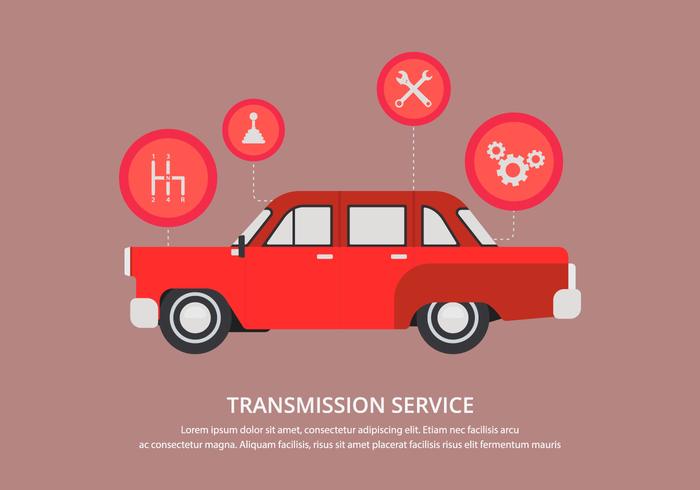An Essential Guide To Understanding The Warning Lighting On Your Automobile
An Essential Guide To Understanding The Warning Lighting On Your Automobile
Blog Article
Author-Udsen Drake
When you're behind the wheel, those little caution lights on your automobile's control panel can be rather complicated. What do they imply, and should you be worried? Recognizing these signals is critical for your car's well-being, yet it does not need to be a challenging task. By translating auto repair shop behind each light, you'll be furnished to deal with possible problems properly and keep your automobile running smoothly. So, next time a warning light flashes, don't panic - arm on your own with understanding and take control of the situation.
Relevance of Auto Caution Lights
Comprehending the importance of your automobile's warning lights is crucial for maintaining your lorry's health and safety. These lights act as your automobile's interaction system, alerting you to potential issues that might endanger your safety and security on the road or result in costly repair work if neglected. By taking note of these cautions, you can attend to issues early and stop more damages to your automobile.
Overlooking cautioning lights can result in significant repercussions, such as engine failing, brake malfunctions, or perhaps crashes. These lights are designed to alert you of problems varying from reduced tire stress to engine malfunctions, giving you the opportunity to take action prior to the situation aggravates. On a regular basis inspecting and understanding these cautions can conserve you time, cash, and ensure your safety while driving.
In addition to keeping you safe, reacting promptly to warning lights can likewise help prolong the lifespan of your vehicle. By addressing issues early on, you can prevent small issues from rising into major repair services, ultimately conserving you time and money over time. Remember, your auto's warning lights are there for a factor - don't disregard them!
Common Caution Lights and Meanings
When it pertains to driving your car, recognizing typical caution lights and their significances is important for your security and vehicle upkeep. Read Home are a few usual caution lights you might experience:
1. ** Examine Engine Light **: This light suggests a concern with your engine. It could be something minor like a loose gas cap or something much more major like engine misfiring.
2. ** Battery Light **: This light signals an issue with your automobile's charging system. It might show a faulty battery, generator, or other associated elements.
3. ** Oil Pressure Light **: When this light begins, it suggests your engine might be running low on oil or experiencing reduced oil stress, which can bring about engine damages otherwise addressed quickly.
4. ** Brake System Light **: This light suggests an issue with your stopping system. It might imply low brake fluid levels or an issue with the brake system that calls for prompt attention.
Understanding these typical warning lights will certainly aid you recognize potential concerns early and avoid even more significant problems down the road.
Just how to Respond to Warning Lights
In the event that a caution light illuminates on your automobile's dashboard, it's vital to respond promptly and appropriately. When daves auto repair begins, the initial step is to consult your proprietor's manual to understand the particular problem shown by the light.
Some lights call for prompt focus, while others may show a less urgent matter. If the warning light is red or blinking, it's normally an indication of a major trouble that requires prompt activity. In such instances, it's recommended to pull over securely, turn off the engine, and seek expert aid.
For yellow or orange warning lights, while they might not need immediate interest, it's still essential to resolve the underlying problem without delay to stop more damages. Normal maintenance and evaluation can help avoid cautioning lights from coming on unexpectedly.
Conclusion
To conclude, understanding your automobile's caution lights is critical for preserving your vehicle's health and wellness. By consistently checking and reacting to these cautions, you can deal with possible problems early and protect against costly fixings or safety risks. Bear in mind to consult your proprietor's manual for info on different caution lights and constantly take immediate action for red or blinking lights. Remain aggressive and maintain your cars and truck running efficiently!
